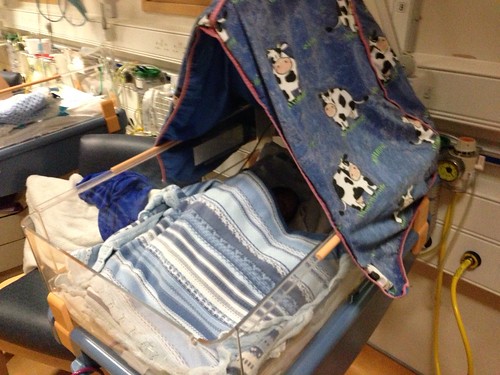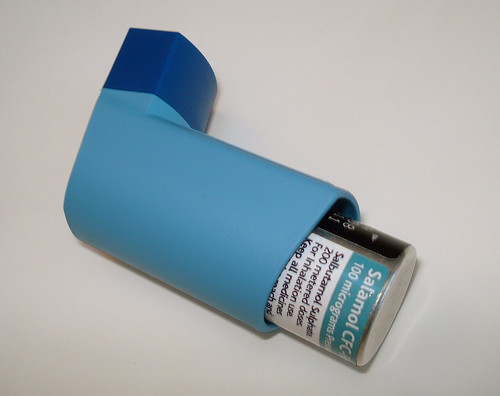2013
Almost 1 in every 6 injured workers uses opioid medications for six months to 1 year or more after their injuries, in some states.
Use of opioids for a long period of time is expensive for injured workers and their employers. There are also some chances that the injured workers misuse opioids and become addicted to it. It can also lead to illegal distribution to others and it is a serious public health issue. Use of opioids for a long period of time can increase the total cost of a workers’ compensation claim.
According to a new research by the Workers Compensation Research Institute, almost 80% of injured workers received at least one opioid prescription. The main problem is that the use of drug testing for these injured workers falls far short of what medical treatment guidelines recommend. Testing is done to identify patients that may be abusing opioid medications.
Decreasing the intake of narcotics that are not necessary in the treatment of injured workers is the job of all stakeholders in the workers’ compensation system in which employers, labor, physicians, hospitals, insurers and public policymakers are included.
The WCRI study, named as Longer-Term Use of Opioids, identified the states where workers were most likely to be using opioids long time after their injury. The study revealed that 1 in 6 injured employees who started using opioids were still using them 3 to 6 months later in Louisiana and New York. Nearly 10% of injured workers received opioids on a longer-term basis in some states in which Pennsylvania, South Carolina, California and North Carolina are included. As compared to other states, Arizona and Wisconsin showed the lowest percentage of injured workers using opioids for a long time; it was 3% and 4% respectively.
From all the injured workers with longer-term use of opioids, nearly 1 in 4 received drug testing, including urine drug testing. Treatment guidelines recommend random drug testing to stop opioid misuse by patients on opioid therapy. Periodic psychological evaluations and treatment to help manage the addictive effects of these powerful drugs are also recommended. In some states, only 4 percent to 7 percent of the injured workers received testing and treatment services. In states where these services are given to more patients, the figures are still low.
The study is based on nearly 300,000 workers’ compensation claims and 1.1 million prescriptions associated with those claims from 21 states. The claims represent injuries arising from 1st of October 2006 to 30th of September 2009, with prescriptions filled up to 31st of March 2011.
Attorney Bradford Horan provides strong and efficient Criminal Defense and DWI Defense in New Hampshire.
Author Bio:
David Horan is a highly successful criminal defense attorney specializing in DWI, armed robbery, theft, battery and domestic violence problems, among other types of cases.







